Last summer I got an introduction to (more or less) authentic medieval tailoring. And during the christmas holidays I had some time to start the first project: A simple late medieval (late 14th century) dress and undergarment. I have been mostly ill the last weeks (two colds in a row…) so it all took quite some time.
I can’t date the dresses much more specific than “late medieval” since I used quite a few different techniques. As material I bought indigo blue wool fabric and natural linen with a diamond twill pattern from Naturtuche. The fabrics are machine woven. Naturtuche also sells hand woven fabric, but they are about four times as expensive. But they’re all natural fiber and fitting for the time period. The blue wool is dyed chemically.
For the seams I also used a mixture of modern and medieval techniques. All invisible seams are done by machine and for damageable edges I also used the overlock machine. I also strengthened the side seams with twill tape since the fabric is rather elastic. But everything that is even remotely visible is sewn by hand. That includes for example the edges on the inside of the sleeves or the collar. As well as eyelets and buttonholes. For this I also bought a suitable linen thread. It’s also available from Naturtuche, a shop I can only recommend. 😉
For the undergarment I used the natural linen with diamond twill pattern. It’s loosely woven and thus a bit delicate, but all the more beautiful. The cut is identical front and back except for the collar slit on the front. The dress is only fitted to the body by the side seams. There are no darts. I cut front and back separately, so there is a shoulder seam. These are slanted here, but I could have left them straight for the type of sleeves I used. The sleeves are made from a top sleeve and gussets under the arms. Basically the top sleeve is made of a rectangle, bit I slanted it from the elbow to the wrist to have a tighter fit. This simple cut was used in different versions over several centuries.
The main dress is cut very similar to the undergarment. The collar is cut out a bit deeper in the front. But the most noticeable characteristic are the sleeves. Modern sleeves usually have the main seam under the arm, but for medieval sleeves it’s on the back. For this one part sleeve I used the construction method from The Medieval Tailor’s Assistant: Common Garments 1100-1480 by Sarah Thursfield (but I had the old edition in German). But I’m not entirely sure that the method isn’t rather modern. The sleeves have another particularity. They armhole is cut quite a bit deeper in the back than in the front. This means that the sleeve basically sits “wrongly” in the armhole. But if you adjust the pattern a bit it gives a nice puff sleeve like effect on the back shoulder.
For the sleeves I tried five different versions, including one that can be easily constructed geometrically. It doesn’t fit as well as Sarah Thursfield’s version, but you can easily construct it without a measuring tape or other modern resources (that also works for Sarah Thursfield’s method, but it requires quite a bit of complicated mathematics). To cut a long story short in the end I used the method from The Medieval Tailor’s Assistant and lengthened the sleeve above the elbow to account for the deeper armhole in the back. The sleeves are also so narrow on the lower arm that you need a sleeve vent. It is closed by a button tab.
The buttons for the sleeves of the main dress are still shipped to me. When they arrive I will add more pictures. And for the undergarment I need a nice cord for the collar slit in the front. There I wanted to try hand spinning again and the braid the yarn. By the way the front slit of the main dress is closed with metal hooks and the undergarment is closed by lacing as said before.
And a last acknowledgement for Henni Speck from Traumwelten. She made the original dress for a colleague from my sword fighting club. And then she gave me tips for the construction in a workshop. I also was allowed to borrow the original dress as a model.
PS.: Please don’t hold me to the mediaval periods I specified. I’m just starting to learn about the subject matter and in some of the sources there are simplifications or misinterpretations. 😉















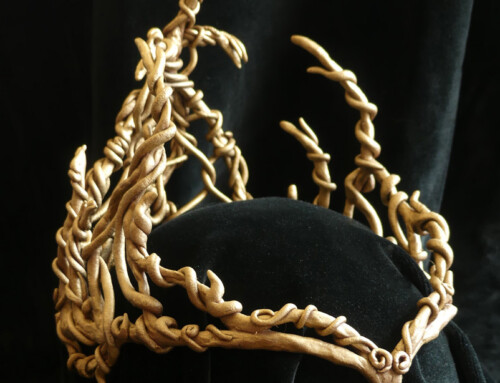
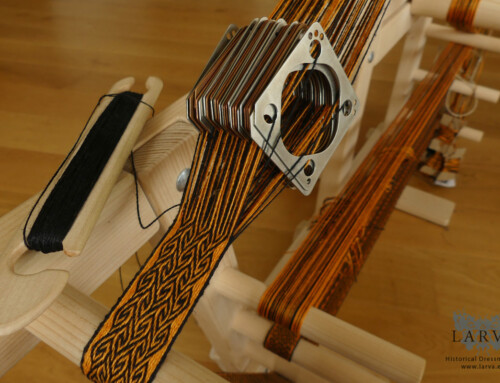
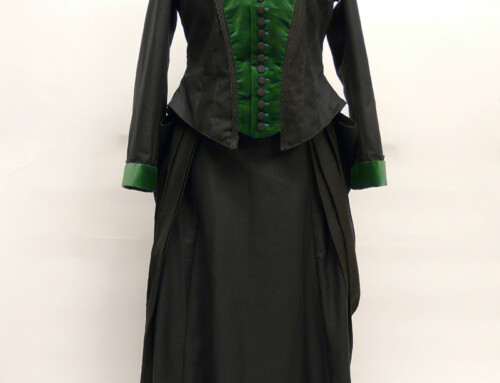
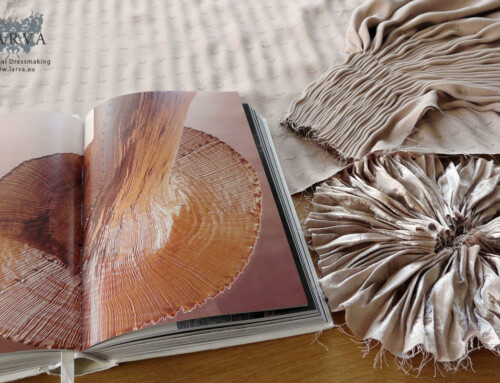

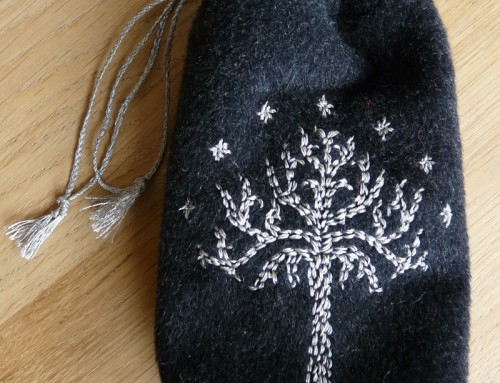
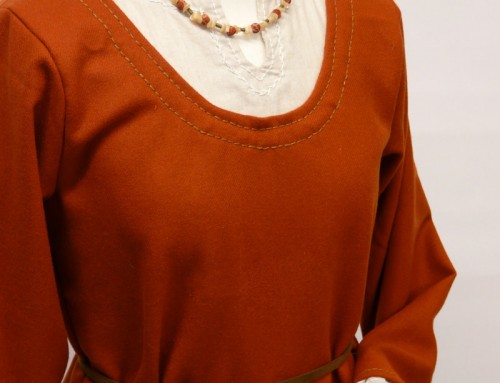
Leave A Comment